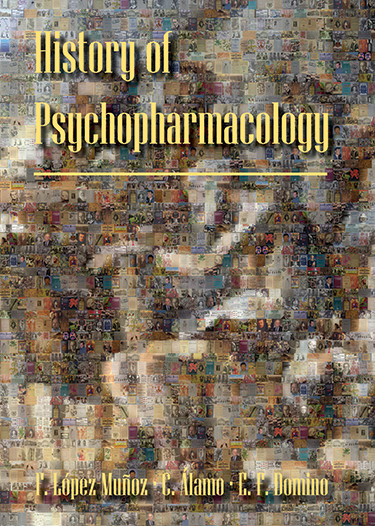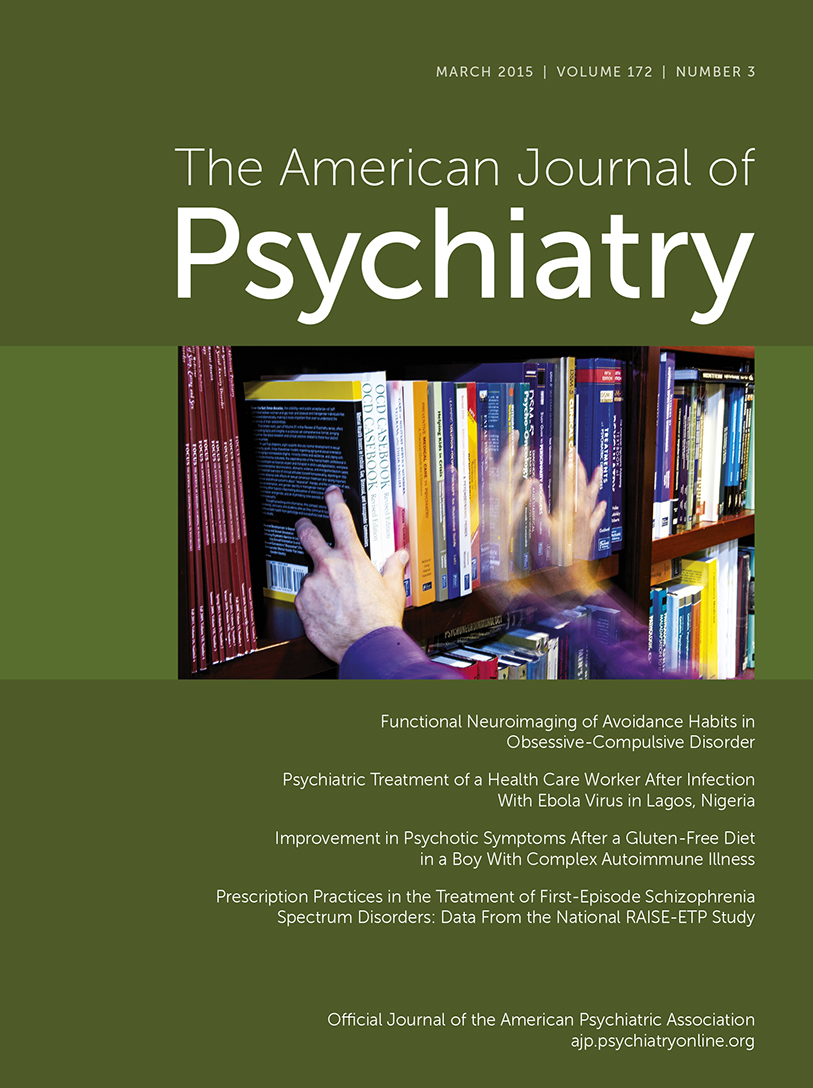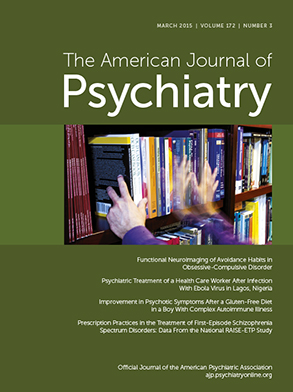This is a three-volume work plus an index comprising the fourth volume reviewing the history of psychopharmacology from ancient times through the development of modern psychopharmacology in psychiatry in the 20th century. It is best used as a reference work for scholars of psychopharmacology or as part of a reference library where one would read a chapter, or a few chapters, at a time. I reviewed a paperback print copy. It would receive wider use and distribution, and be more readily available to many psychiatrists and researchers, as an e-book (or if accessible in electronic form), but such a format has not yet been considered, since I did not see any electronic version represented on the publisher’s website (
www.nppbooks.com). The book was originally published in Spanish (2007) and now is available in an English edition translation, which was supervised by Professor Edward Domino. It has a wide range of scientific contributors from around the world but mostly from Europe, with a large number from Spain, and North America.
The chapters cover a range of topics, with an emphasis on those aspects relevant to the development of modern psychopharmacology. These include the history of psychiatry and psychiatric treatments, the development of neurobiology and molecular biology, the development of specific drugs and classes of psychopharmacological agents, psychopharmacology theories of the neurobiology underlying specific psychiatric and neurological disorders, and institutional, social, and legal issues relevant to psychopharmacology and its contribution to modern psychiatry. The chapters range in style from ones that focus on developments in the field as part of an intellectual and social history to ones that present summaries of current understanding of the mechanisms of actions of drugs or neurobiological mechanisms without any clear historical context. There is no central theme or development of a coordinated history or viewpoint.
I found many of the individual chapters interesting and informative for different purposes. The many historical chapters covering the period prior to the development of modern psychopharmacology in the latter part of the 20th century provide a wealth of information about treatment of mental illness and detail psychopharmacological approaches (herbal, drug, physical, and social approaches), as well as provide background information (with illustrations) about physicians, scientists, and political and religious figures who influenced treatment of mental illness. A chapter on intercellular neurobiology and signaling provides a good scientific summary of currently understood intracellular signaling mechanisms, with discussion on phosphorylation, ion channels, map kinases, and other signaling cascades. Although I was aware of this area of neurobiology from skimming journals and scientific conference lectures, I did not have a coordinated overview and summary in a more concise form, which the chapter provides. There are also detailed histories and/or summaries of current pharmacology of most of the major specific drugs used in modern psychopharmacology, as well as details with regard to the physicians and scientists involved in their discovery or development.
This is not a book one would want to read through in one sitting, and its heft and size make it uncomfortable to carry around on trips (on airplanes and trains) for perusing a chapter at leisure. An electronic form that could be accessed by computer or iPad would be more useful for casual reading, and an electronic form that detailed searchable electronic indices would be more useful for research purposes, especially in the history of science and psychiatry, and for education purposes on specific topics. I would urge the publisher to consider adding these alternative forms to the current version of this multivolume work.


